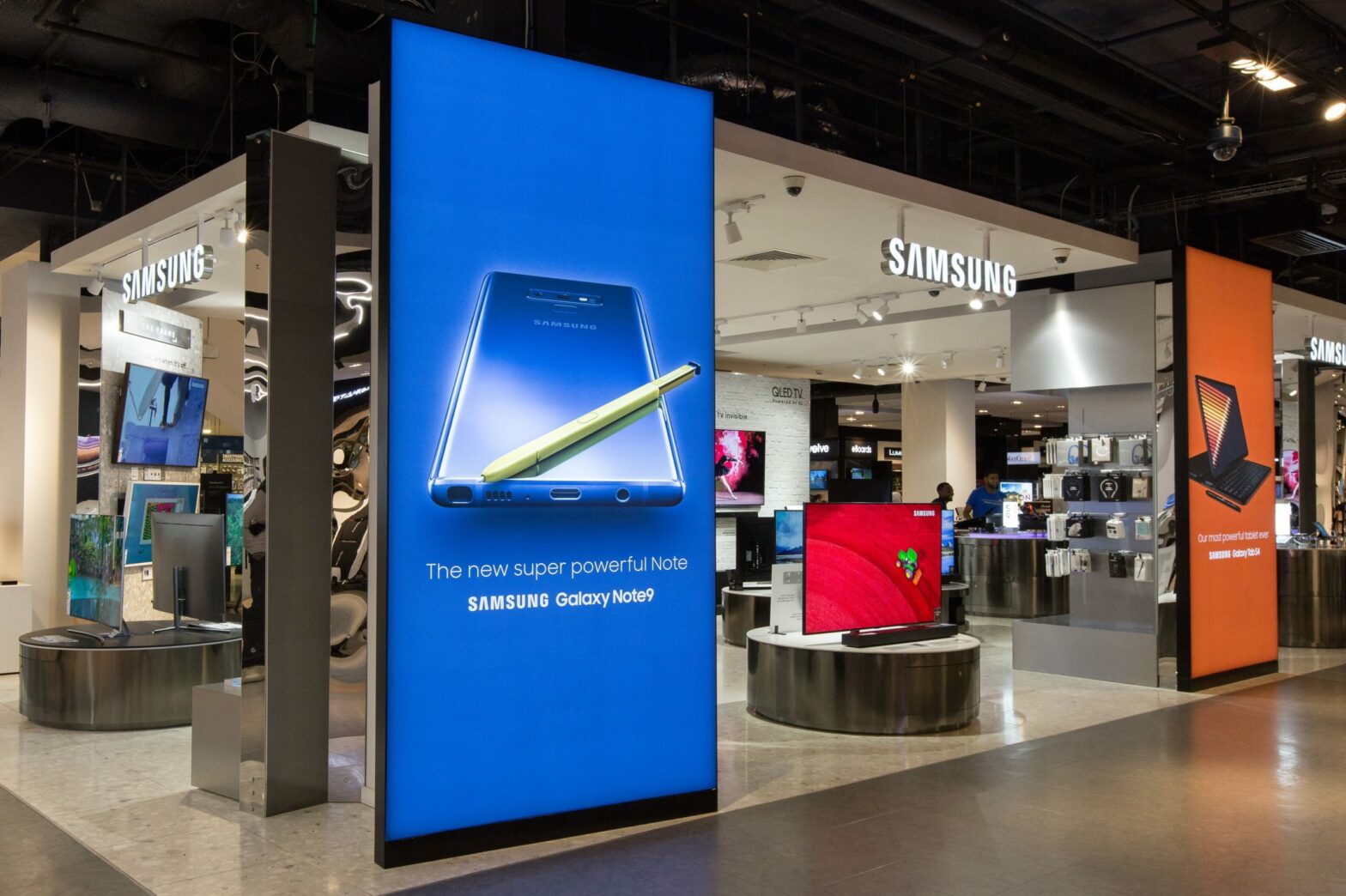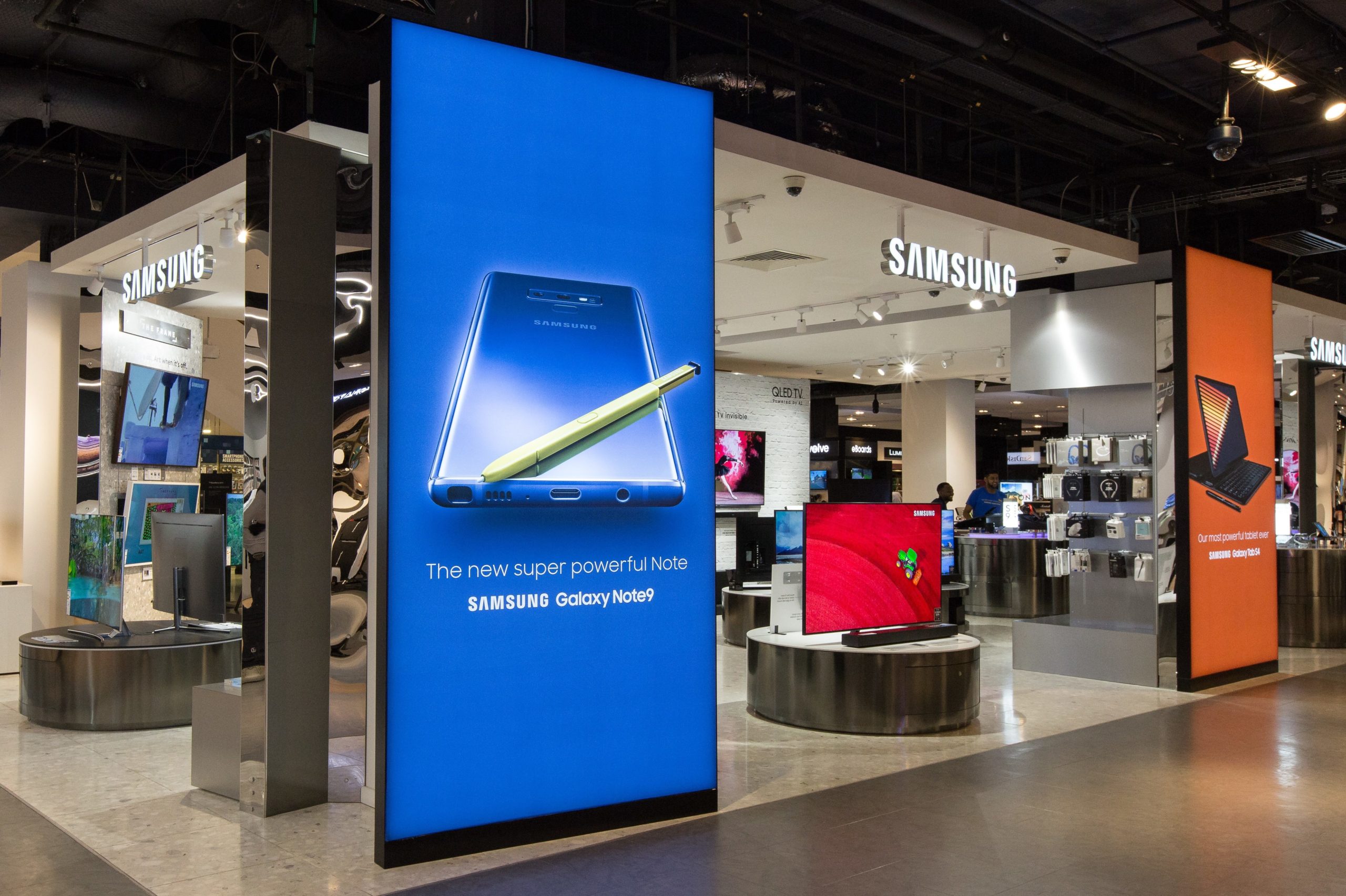
How is the Design of Department Store Displays Changing?
Department stores play a hugely important role in global retail. They are often the anchor for entire shopping districts, drawing people onto high streets and into shopping centres in order to browse the wide range of products and in-store experiences on offer. They have been a defining feature of the retail sector for over a century and often sit in the most historic, celebrated buildings in given locale.
But, how are department stores reinventing themselves for a new generation of shoppers? Like all retailers, department stores recognise that, if they are to remain relevant in the eyes of their target markets, they need to keep pace with changing social values and buying habits. In this article, we take a look at some of the key ways in which the design of department stores is evolving alongside the demands of shoppers.
The Rise of Omnichannel
Omnichannel is the new black. Defined by Frost and Sullivan as “seamless and effortless, high-quality customer experiences that occur within and between contact channels”, omnichannel retail models strive to blur the boundaries between a number of different channels so that shoppers can use them simultaneously. They can begin their research about a product or service through one channel (a website or app, for example) and continue their buying journey through another (a physical store or click and collect facility).
Omnichannel retail enables people to choose their own shopping routines that are most suited to their lifestyles, schedules and individual preferences, and falls within a much broader shift in consumer demands towards hyper-personalised shopping experiences.
At the core of omnichannel strategies is data. Retailers must manage and synchronise data about customer behaviour, stock levels, marketing campaigns and staffing resources to ensure that one channel flows seamlessly into another without any noticeable barriers that frustrate the consumer’s ability move between them.
But, how is the rise of omnichannel approaches to retail affecting the design of department stores?
Successful omnichannel retail strategies all do several things: they synchronise all available data, analyse this data to gain insights into the needs of shoppers and respond quickly and effectively to any changes in the demands and preferences of their target audiences. It is in these practical responses to consumer demands that we can see a transformation of retail design concepts.
In order to provide a coherent, seamless brand experience across all channels, retailers must be able to update and modify their physical stores at a moment’s notice. They need to be able to facilitate new product promotions, demonstrations and events that match their online offerings. To do this, department stores need to utilise design elements that can be changed quickly and easily otherwise they risk leaving their customers deciding to shop elsewhere out of frustration. Elements such as:
Modular merchandising systems – modular retail display systems enable brands and store designers to update, extend and reconfigure their product displays alongside changing trends. Modular systems are engineered to offer unrivalled levels of flexibility and scope for customisation, both of which are crucial if retailers are going to ensure that look, feel and functionality of their physical stores is coherent with their online presences.
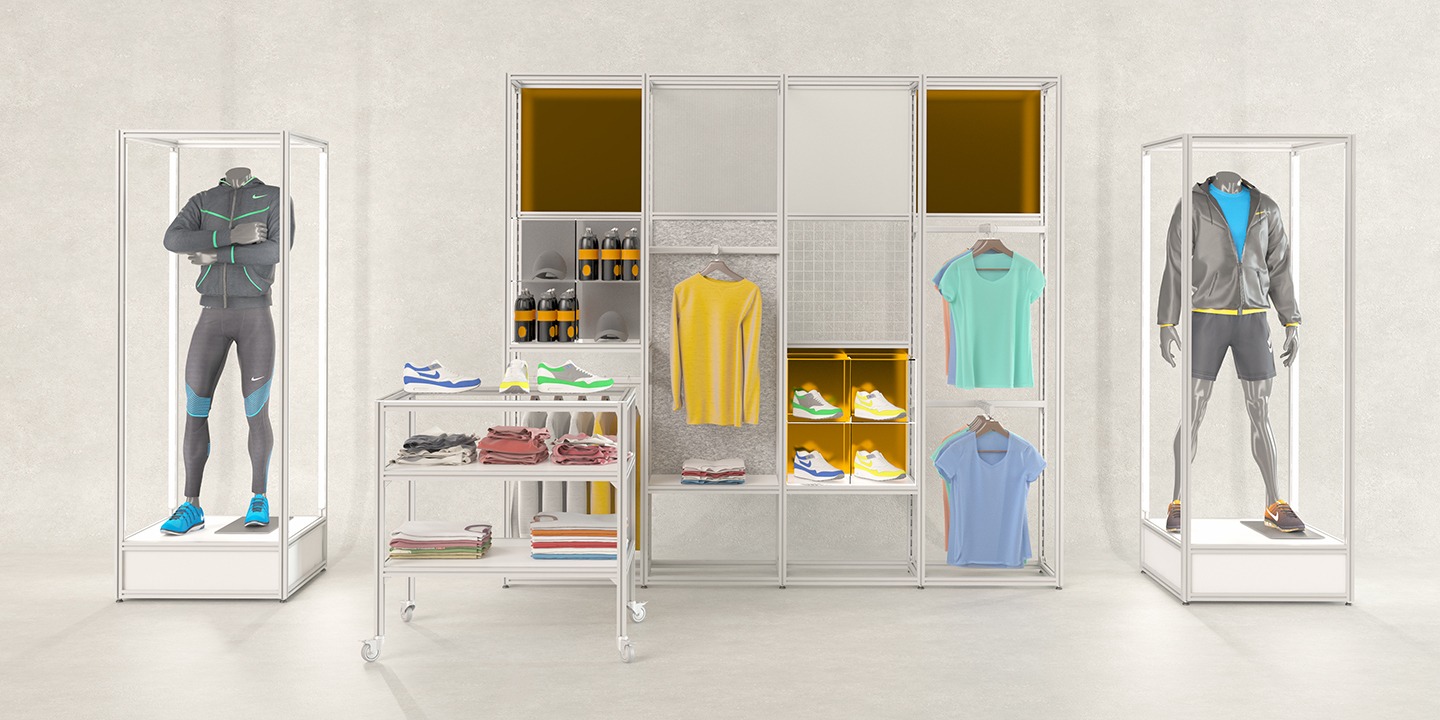
Fabric graphic displays – fabric LED lightboxes and TFS displays are two of the most effective, widely used visual communication aids used by retailers the world over. Available in both illuminated and non-illuminated formats, fabric graphic displays are quick and easy to update alongside changing promotions, seasonal trends, cultural events and trends, simply by replacing the printed fabrics that sit within slimline aluminium frames.
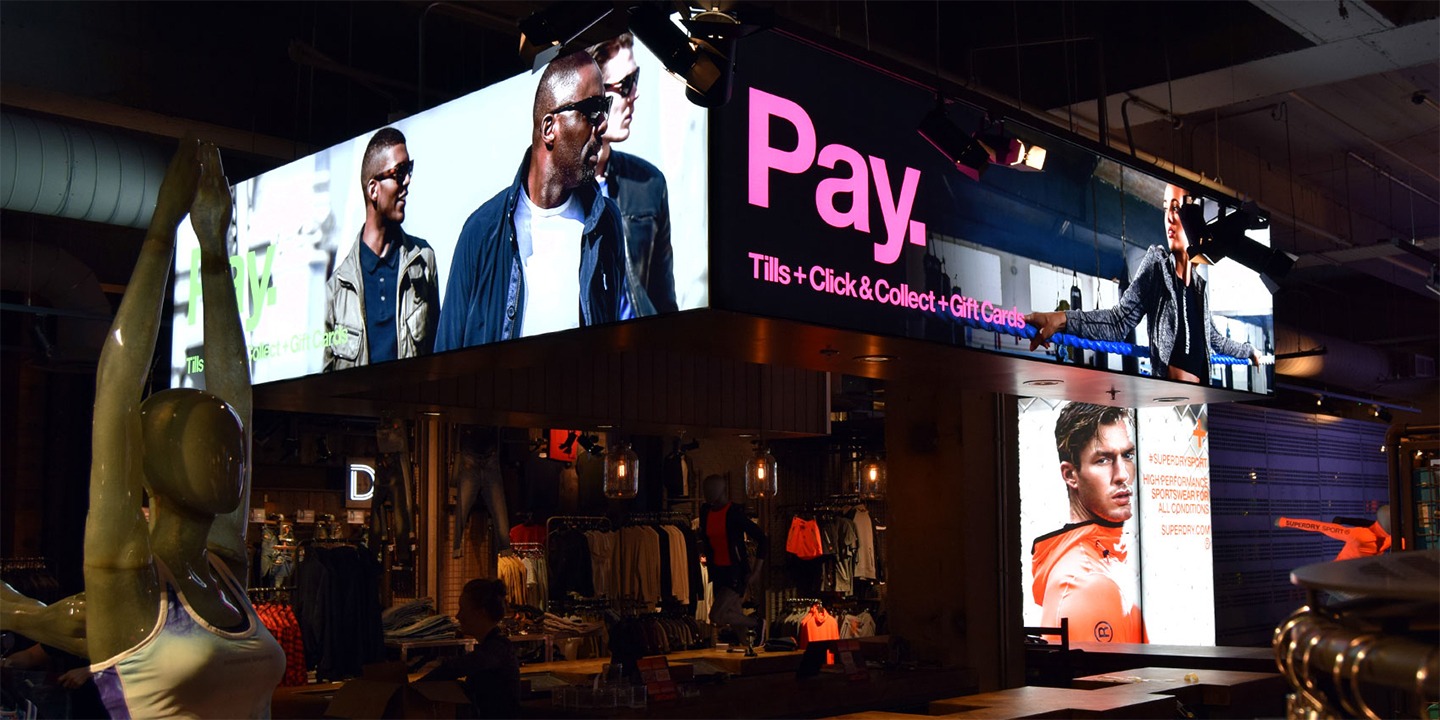
Pop-up Events and Experiences
Experiential retail is celebrated as being the retail sector’s saviour. It sees brands and retail design specialists creating store environments that facilitate additional experiences beyond browsing for and buying products.
The experience economy is now a multi-billion dollar industry, with retailers all over the world benefitting from the increased revenues and brand awareness levels generated by offering shoppers exclusive opportunities and sensory experiences in their stores.
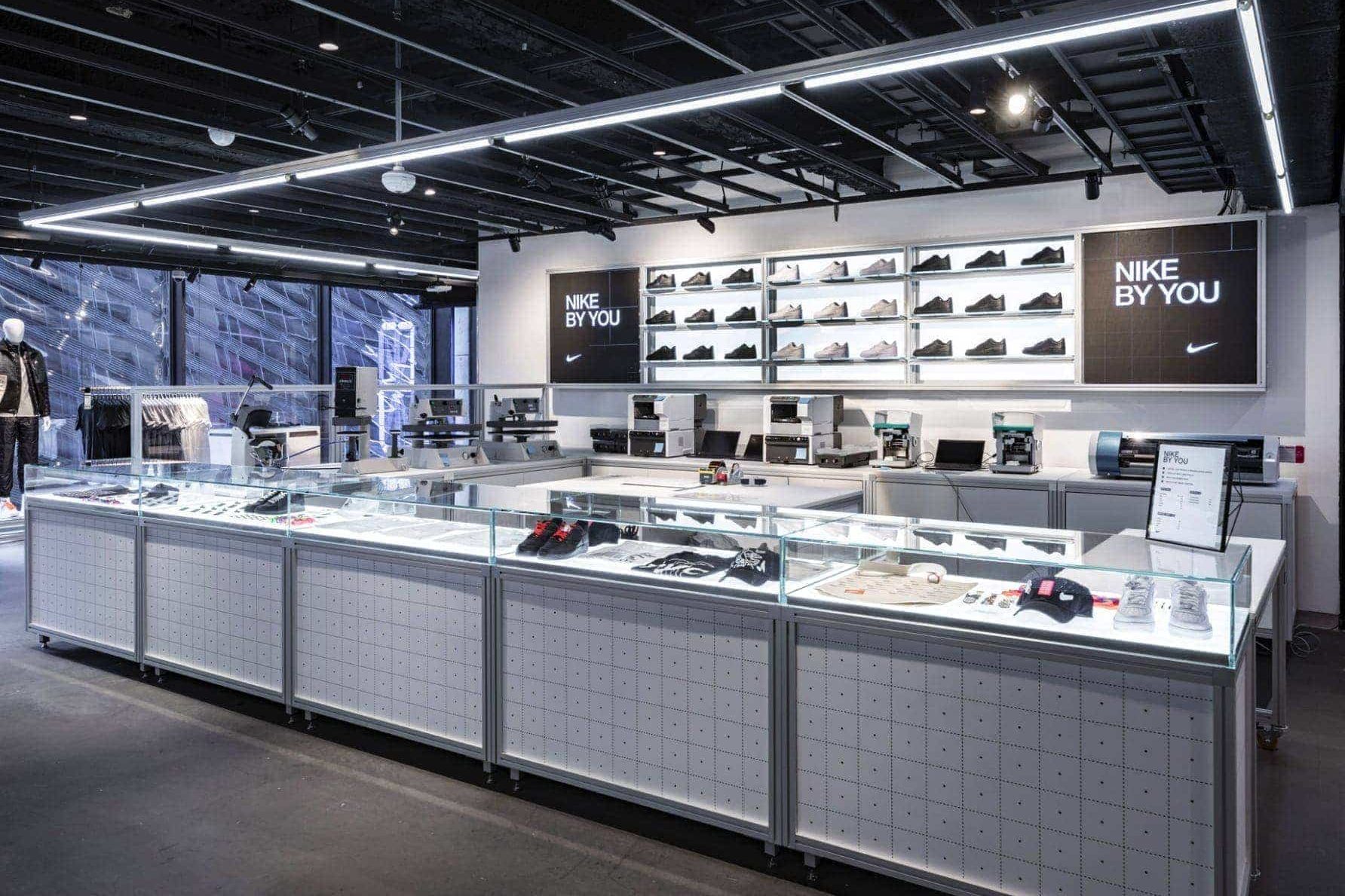
Department stores are known for providing some of the most impressive brand experiences, probably because they tend to have bigger budgets to play with and a wider range of retailers all operating under one roof.
We recently looked into why pop-up stores are becoming more popular, and department stores look to be taking some of the principles of the pop-up store into account when creating new layouts.
Creating designs that emulate pop-ups mean department stores can take more risks. Savvy store designers know that the easiest way to engage with consumers is through their emotions. And, to tap into your customer’s emotions, nothing beats the power of a good story.
A story isn’t just about the advertising campaign you come up with. It translates all the way through to how retail displays convey a message. By using more authentic, organic materials, mid to high-end retailers like Harvey Nichols are making their stores seem more approachable, encouraging business from shoppers who might previously have been disengaged.
The Benefits of Multi-brand Stores
Multi-brand stores like department stores offer a wealth of benefits to both retailers and shoppers. Firstly, they are a proven way in which to attract larger numbers of shoppers into a store by offering wider range of products, services and experiences. Secondly, they mean that retailers can retain a physical presence on high-streets and shopping centres without having to invest heavily in renting their own store.
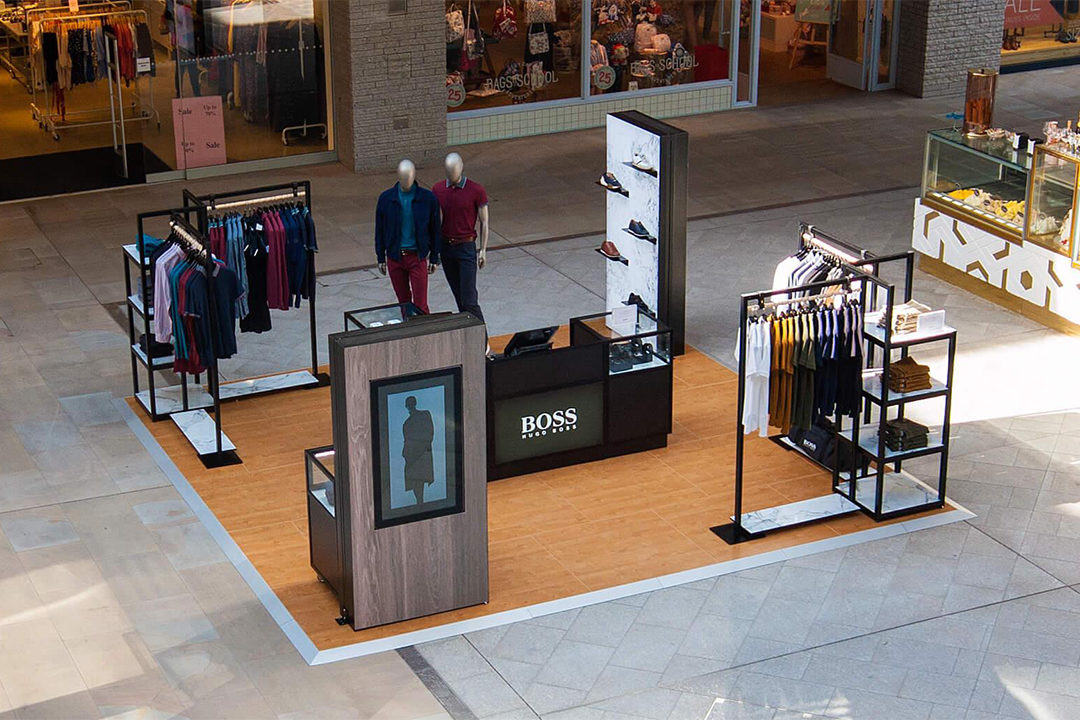
Industry experts from Retail Week commented on the importance of the multi-brand format, saying that “bringing multiple brands into one store is a marriage of convenience. A number of retailers have units bigger than they need and concessions are a commercial way of mitigating costs.”
However, even with the commercial and logistical benefits provided by multi-brand department stores, retailers need to do more with their spaces if they are to succeed in boosting footfall and building loyal customer bases. One way in which they are doing this is by providing unique experiences that shoppers engage with and remember, rather than visiting a particular shop for no reason other than its convenience. This is where product displays are key, especially when emulating pop up experiences within department stores. Retailers need to take two things into consideration:
Modularity – chances are product turnaround will be high, and displays will need to evolve constantly to keep up with customer demand and trends. Modular display systems allow for the creation of displays that can adapt to this by ensuring that shoppers are provided with a wide range of products from which to choose and enabling retailers to access cost-effective, flexible merchandising solutions that support their commercial goals.
Engagement – light and animation are two ways to stand out in competitive environments such as department stores where there are lots of brands vying for attention . Experimenting with differnt colour temperatures of light, brightness levels and decorative elements are all proven to make a lasting impact on shoppers and hold their attention for longer durations. Additionally, with data showing that human eyes are naturally drawn to movement, implementing illuminated graphic displays that have integrated animation technologies can to catch the attention of shoppers and direct it towards a given product display or promotion.
Conclusions
As the retail sector continues to evolve alongside changing trends, values and challenges, we’re seeing a shift in the design of department stores. These multi-brand retail spaces are working to incorporate a wider range of flexible, customisable design elements that can be updated as often as is needed to keep pace with the ever-changing landscape of customer demands.
If you need help creating a display that resonates with shoppers and represents brand identities, contact our team of retail design experts here.

